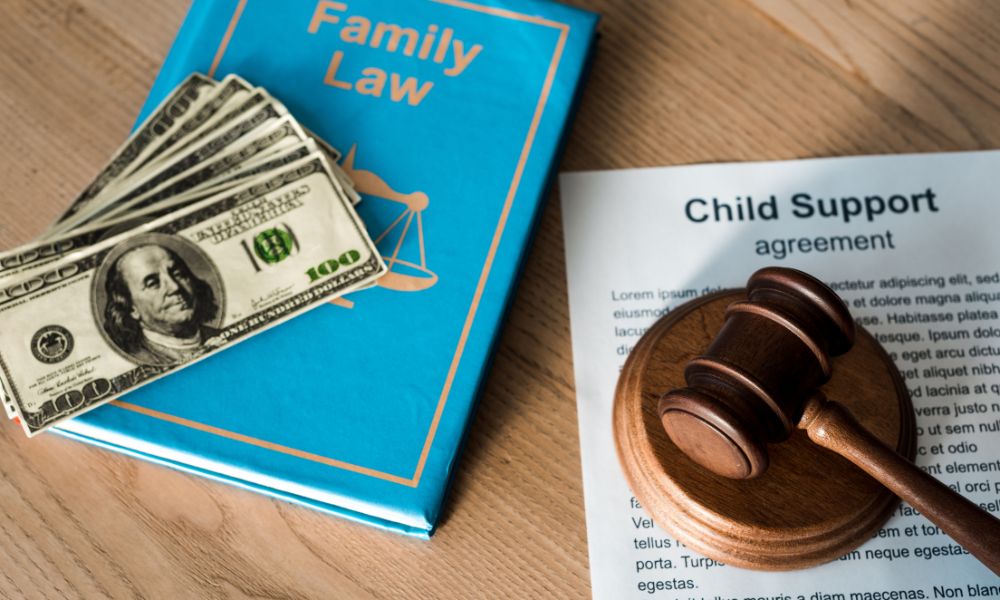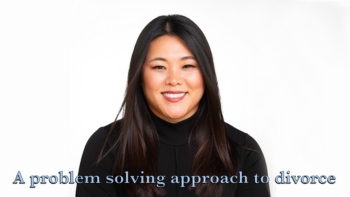The U. S. Supreme Court Hears Marriage Equality Cases
Recently, the United States Supreme Court heard oral arguments on two consecutive days in two cases which have generated national headlines and filled the broadcast airways with the topic of marriage equality. The Court’s decision in these two cases, Hollingsworth v. Perry and United States v. Windsor, will be delivered by the end of the 2012-2013 Term in mid-June and may likely have a profound effect upon the view of marriage in this country.
On March 26, 2013, the United States Supreme Court conducted oral arguments in Hollingsworth, which presents the issue of whether California’s Proposition 8, which amended the California Constitution to prohibit same-sex couples from marrying, violates the United States Constitution. The fact that more than 100 amicus curiae briefs have been filed with the case shows the high level of interest it has garnered.
In May 2008, after the California Supreme Court held that state statutes limiting marriage to opposite-sex couples violated the California Constitution, same-sex couples were permitted to marry in that state. Later that year, through a ballot proposition known as “Proposition 8,” the California voters passed a constitutional amendment stating that “only marriage between a man and a woman is valid or recognized in California.” Since then, same-sex couples have been unable to marry in California.
In August 2010, a federal district court held that Proposition 8 was unconstitutional as it violated the Due Process and Equal Protection clauses of the Fourteenth Amendment to the United States Constitution. That decision was upheld by the United States Court of Appeals for the Ninth Circuit. The High Court thereafter granted certiorari to decide this issue.
After hearing oral arguments in Hollingsworth on March 26th, the following day the High Court heard arguments in the Windsor case. The issue presented in Windsor is whether the Defense of Marriage Act (“DOMA”) (28 U.S.C. § 1738C) is unconstitutional.
DOMA, which was enacted in 1996, defines “marriage” as “a legal union between one man and one woman as husband and wife,” and defines “spouse” as “a person of the opposite sex who is a husband or a wife.” Pursuant to Section 3 of DOMA, the federal government need not recognize same-sex marriages for the purpose of federal laws or programs, including insurance benefits for government employees, social security survivors’ benefits, immigration, and the filing of joint federal tax returns, even if the couple’s home state or country recognizes their marriage.
In Windsor, two women were married in Toronto, Canada in 2007. In 2009, one of the women died, leaving her estate to her widow. Although the marriage was recognized in the women’s home state of New York, the widow was required to pay more than $363,000 in federal estate taxes on her inheritance. It is undisputed that if the federal government would have recognized their marriage, the widow would have paid no taxes. The widow filed a lawsuit and challenged Section 3 of DOMA.
The federal district court found Section 3 of DOMA unconstitutional as applied, in that it violated the widow’s rights under the Equal Protection component of the Due Process Clause of the Fifth Amendment of the United States Constitution. This judgment was affirmed by the United States Court of Appeals for the Second Circuit.
In both cases, before addressing the merits of these actions, the High Court must initially rule upon issues of standing. If the Court gets past this threshold, it will reach the constitutional issues. It is only a short matter of time before we will know if, and to what extent, the Court’s decisions will change the legal landscape in terms of “marriage.”



